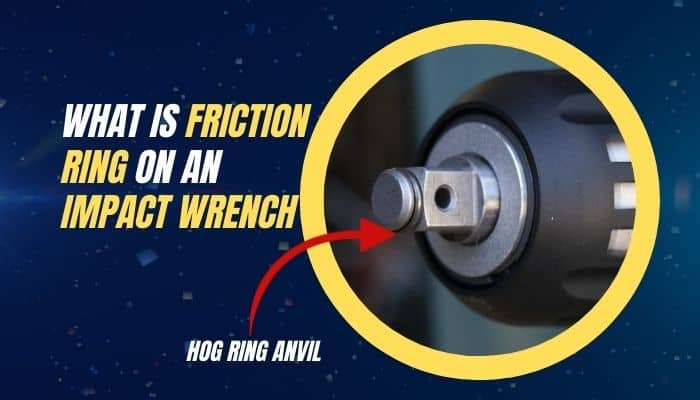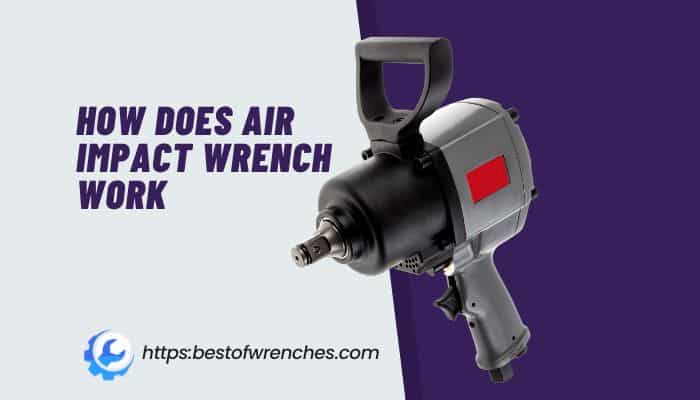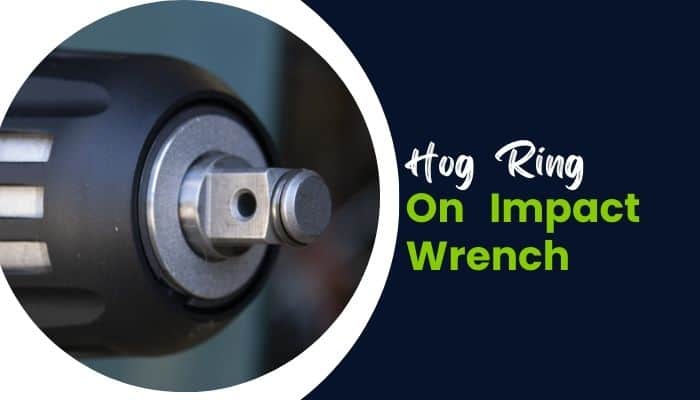Box-End Wrenches Vs Open-End Wrenches: Which One Is Right For Your Project?
Regarding chipping away at mechanical or Do-It-Yourself projects, it is fundamental to have the proper devices. You may find a variety of devices in an electrical parts store, but if you do have adequate knowledge, you may end up buying waste for yourself. One of the most common tools is a wrench, which comes in various sizes and types to suit different tasks. Box-end wrenches and open-end wrenches are two common types of wrenches. Each enjoys its benefits and is intended for explicit applications. This article will compare open-end and box-end wrenches to help you choose which is best for your project.
Box-End Wrenches Vs Open-End Wrenches
Here is a comparison list between box-end and open wrenches that may help you decide better.
1. End-of-Box Wrenches
Box-end torques, shut-end torques, or shut-end spanners have a shut circle plan that completely encompasses the latch. They regularly have six or twelve-point setups, each relating to a particular clasp size. Here are a few critical elements and advantages of box-end torques:
2. Gained Torque
One of the real benefits of box-end torques is their capacity to give expanded force contrasted with open-end torques. The shut circle configuration offers more contact focus with the clasp, considering a tight hold and less slippage. This makes box-end torques ideal for managing close or obstinate latches that require more power to slacken or fix.
3. Forestalls Adjust
Box-end wrenches have a closed-loop design that improves contact and force distribution on the flat surfaces of the fastener. Using an open-end twist that only makes contact with the fastener’s flats decreases the likelihood of rounding off the corners. Round-off prevention is essential for preserving the fastener’s integrity and avoiding costly replacements or repairs.
4. Numerous Size Options
Box-end wrenches come in a variety of sizes to fit various fastener dimensions. Metric and standard (imperial) measurements are the most common sizes. Having a wide variety of estimating choices permits you to handle multiple undertakings and work with different latches.
5. Ideal for Small Spaces
Compared to open-end wrenches, box-end wrenches typically have a head that is smaller and has a slimmer profile. Because of this, they are great for getting to fasteners in tight or constrained spaces where a more powerful tool might not have enough clearance. Box-end wrenches are easy to move around and use in tight spaces because of their small size.
6. Wrenches with no end
Open-end torques, or open-end spanners, have U-formed jaws with two available finishes. They commonly have a 15-degree point offset between the two finishes, considering simpler admittance to the clasp. Open-end wrenches offer the following significant advantages and features:
7. Versatility
Open-end torques are known for their flexibility. You can tackle multiple fasteners with a single wrench with two open ends of varying sizes. This can be especially useful if you need more space or a specific wrench size. The flexibility of open-end torques makes them a practical choice for different ventures.
8. Application in a Snap
These wrenches have open ends that make it easy to apply them to fasteners quickly. Unlike a box-end wrench, you don’t have to flip or reposition the pin to use the wrench. Instead, you slip it on. This makes open-end wrenches especially useful when working with many fasteners or when speed is essential.
9. Admittance to Impeded Latches
Open-end wrenches’ U-shaped jaws make them ideal for getting to fasteners in tight places or where obstacles might occur. The twist can get into tight spots that a box-end wrench might not be able to reach due to the jaws’ low profile. This component is beneficial in car fixes or while working with lines and plumbing fittings.
10. Compact and portable
Open-end torques are, by and large lightweight and smaller, making them simple to convey and store. They are lighter and more portable than box-end wrenches thanks to their straightforward construction and absence of a closed loop. As a result, they are a popular option for mobile or on-the-go projects.
The Best Wrench for Your Project
Now that we’ve discussed the highlights and advantages of box-end wrenches and open-end torques, how would you figure out which one is appropriate for your undertaking? Take into consideration the following:
· Size and type of fastener
Assess the latches you will work with. Box-end and open-end wrenches can be utilized if you’re managing a hexagonal or square-formed clasp. A box-end twist, on the other hand, is often the better option when working with hexagonal or twelve-point fasteners because it has more torque and is less likely to round off.
· Accessibility
Examine the fasteners’ accessibility in your project. An open-end wrench’s slim profile and ability to quickly slip onto the pin may be advantageous when working in tight spaces or with obstructed fasteners.
· Ideal Torque
Consider how much force is expected for your undertaking. If you want to apply enormous power to release or fix the clasp, a container end wrench’s shut circle plan and expanded grasp can give the vital force.
· Project Prerequisites
Consider the particular requirements of your project. An open-end wrench may be the better option if you need to work quickly or can use different fasteners with it. A box-end twist, on the other hand, is the best choice if you need to maximize torque or avoid damaging pins.
It is important to note that many wrench sets include both open-end and box-end wrenches, allowing you to tackle a wide range of projects with the best of both worlds.
Conclusion
In conclusion, open-end and box-end wrenches are helpful for various tasks and offer distinct advantages. While open-end wrenches offer versatility, quick application, and access to obstructed fasteners, box-end wrenches provide increased torque, prevent rounding, and excel in tight spaces. The type and size of the fastener, accessibility, desired torque, and project requirements all play a role in selecting the appropriate wrench for your project. If you consider these things and keep both kinds of wrenches on hand, you can ensure you have the right tool for any job.







